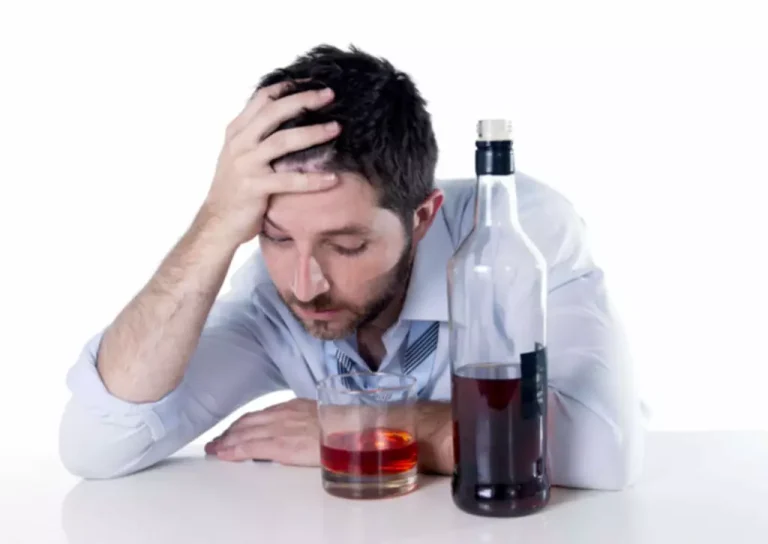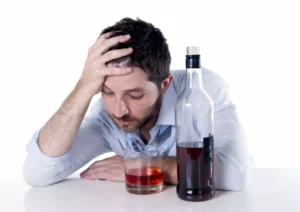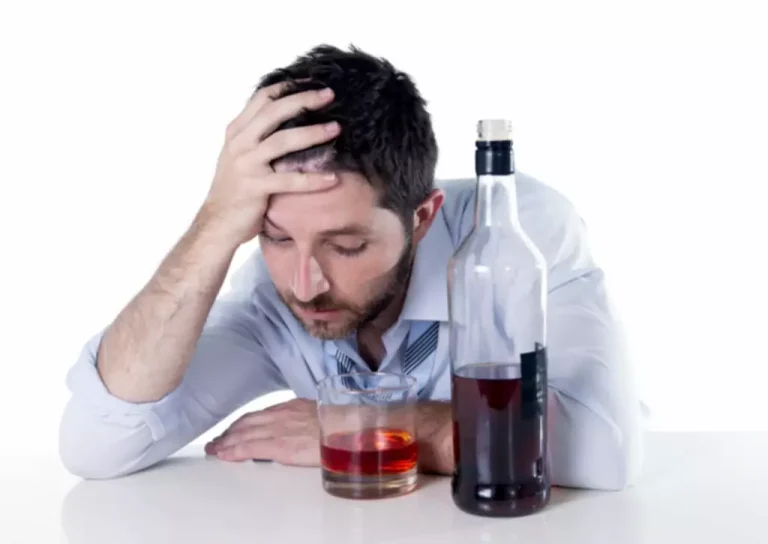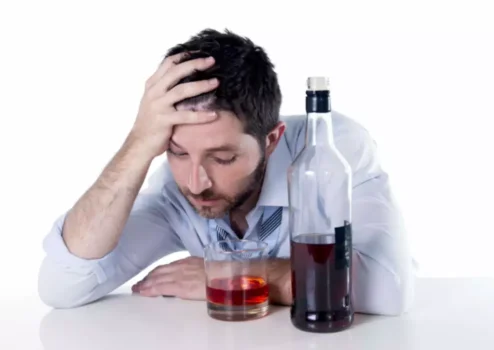
No matter what stage of addiction you are in, it can feel overwhelming and isolating. Fortunately, recovery is possible with guidance from professionals and support from peers. Effective treatment often involves a combination of behavioral therapies, counseling, and medication management. Detox, residential, or outpatient programs may be part of a person’s treatment plan, depending on the severity of the addiction. They may be in denial about the severity of their use, often minimizing or rationalizing their behaviors.
What Are the Stages of Addiction Cycle?

Effective management of withdrawal is crucial for successful rehabilitation. This approach underscores the importance of recognizing and addressing withdrawal symptoms promptly to improve treatment outcomes and reduce the likelihood of relapse. Drug tolerance occurs when an individual experiences a diminished effect of a drug after its repeated use, necessitating an increased dosage to achieve the original effect. This phenomenon can happen with various substances, but it is particularly notable with alcohol and opioids.
Addiction Treatment & Rehab Guide For Addiction
Along with feeling physically sick choose the correct cycle of addiction. without it, you’ll experience cravings and urges to use the substance. Obtaining and taking more becomes as necessary as eating or sleeping, especially since addiction affects your judgment and decision-making skills3. In the first stage of addiction, initial use, an individual takes the substance for the very first time. This first substance use may be all it takes for someone to develop an addiction.
The Ripple Effect: Negative Consequences of the Addiction Cycle
- In this phase, the brain learns that these “feel good” experiences are related to a particular substance or behavior.
- In chronic conditions like diabetes or asthma, relapse is often expected as the individual and medical personnel work together to determine the treatment that makes it possible to manage the condition.
- This is not necessarily a good thing as it might only be the brain that has learned to adapt, and the other organs have not, particularly the liver.
It can depend on the frequency, intensity, substances used, environmental factors, and availability of addictive substances all factor into how quickly an individual can move through the stages of addiction. However, that doesn’t mean that there still are personal repercussions of use during this stage. An individual may not experience withdrawal symptoms or cravings yet, but they may still deal with social, academic, or legal consequences because of their substance use. An individual may begin to use addictive substances in new situations or scenarios. For some, this can be beginning to use drugs or alcohol in more than social settings or without the influence of peer pressure.

Relapse and The Cycle Continues
Drug cravings are a significant aspect of addiction, often presenting a formidable challenge for individuals attempting to overcome substance dependence. As defined by Maarefvand, Masoomeh et al. in their 2013 study published in the Iranian Journal of Psychiatry, drug craving is characterized as an intense urge or desire to continue using a substance. This urge is a fundamental element of addiction, frequently experienced by individuals dependent on substances. Drug tolerance and drug intolerance are two distinct phenomena related to the body’s reaction to medications.

What Is Rehab Like? The Daily Routine and Life in Rehab
Those living with it must learn to manage it just as someone living with any other chronic disease such as asthma or diabetes must determine the best treatment to manage those conditions. During the second stage of addiction, the what is Oxford House person isn’t using drugs or alcohol to feel good. Instead, they are using the substance to avoid feeling low, a feeling that was created by their chronic substance misuse.
- Addiction leads to harmful consequences and lasting brain changes, setting it apart from other substance misuse.
- For example, one glass of wine might turn into one and a half, and then two in a relatively short amount of time.
- This is frequently witnessed when a person who struggles with alcohol dependence makes the choice to drive to the store to get more alcohol after they have already been drinking at home.
Medical Mutual Insurance Coverage for…
If you have been using a hard drug for a very long time, you may even continue to experience psychological symptoms for months after quitting. Withdrawal symptoms can range from severe and uncomfortable to potentially fatal. (8) The only way to ease them is to use the drug again, throwing a person who is trying to quit into relapse.
- If an individual requires higher doses of the substance or begins experiencing withdrawal if they aren’t using the drug, they are likely in the third stage of the addiction cycle.
- Likewise, this stage of addiction is also where family members or loved ones may recognize the increasing regular use of addictive substances.
- When this happens, quitting becomes harder, but still a manageable goal without outside help.
- Understanding this cycle is crucial for those struggling with addiction, their loved ones, and healthcare professionals working to combat this pervasive issue.
- This escalation in dosage can further entrench the cycle of addiction, making treatment even more crucial at this stage and also necessitating medical care in order to recover.
The First Stage of Addiction: Initiation
Speak with your healthcare provider to determine which treatment plan is best for your individual situation and stage of addiction. No matter your stage, it’s never too late or too early to enter treatment. Individuals at the earlier stages of addiction likely will not need the same intensity of treatment that those in later stages will need. Substance abuse treatment can begin no matter what stage of addiction you’re currently experiencing.

With increased frequency and quantity of use, the risks to personal health and well-being escalate, often transitioning into drug abuse. As abuse becomes more severe, individuals are likely to develop physical and mental dependence. This dependence signifies that the body or brain has adapted to the presence of the drug, requiring increasing amounts to achieve the same effects, a phenomenon known as tolerance. The Centers for Disease Control and Prevention (CDC) reported that there were over 70,000 drug overdose deaths in 2019, highlighting the severe consequences of escalating drug use (CDC, 2020). Even those who have recognized they have a substance use problem may not recognize the extent of their dependence. This may cause them to continue with their risky use of drugs or alcohol despite the development of mental health disorders, or other negative consequences.
With understanding, support, and the right resources, it is possible to break the cycle of addiction and build a brighter, healthier future. The journey of a thousand miles begins with a single step – and that step could be today. The pursuit of drugs or alcohol can quickly drain bank accounts and lead to financial ruin.
